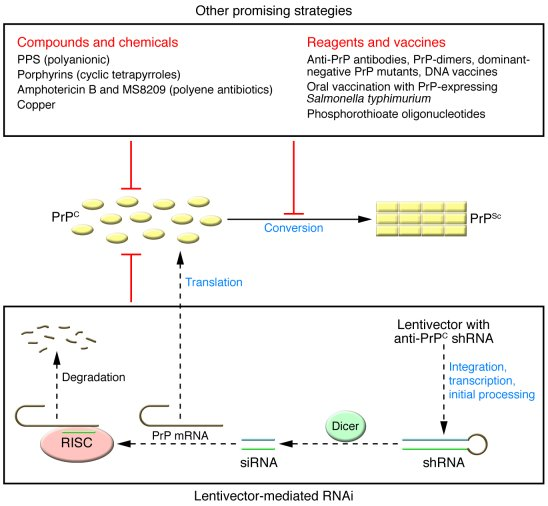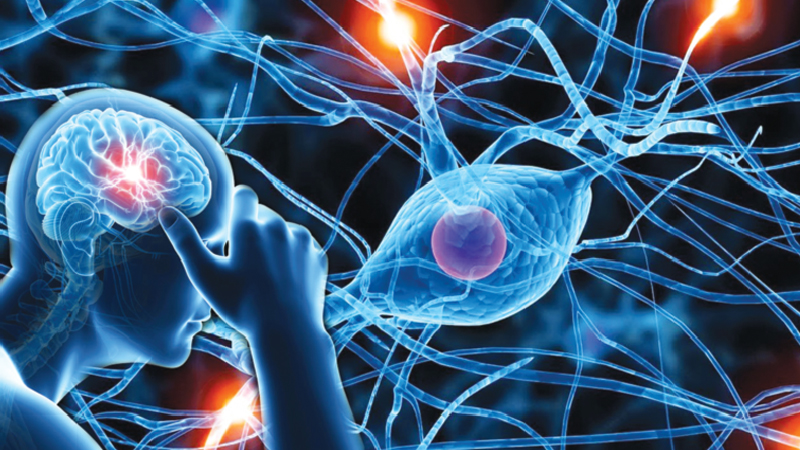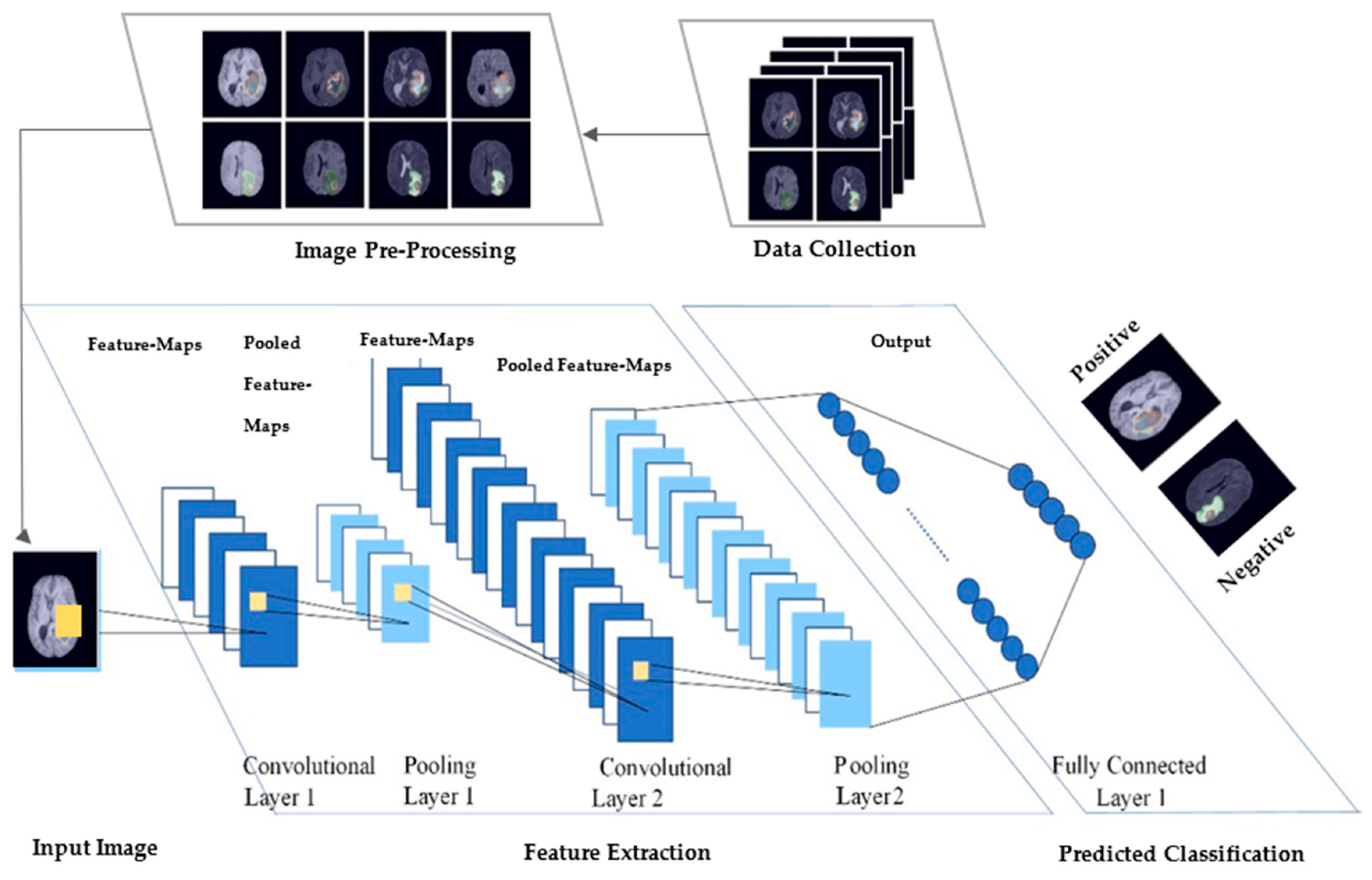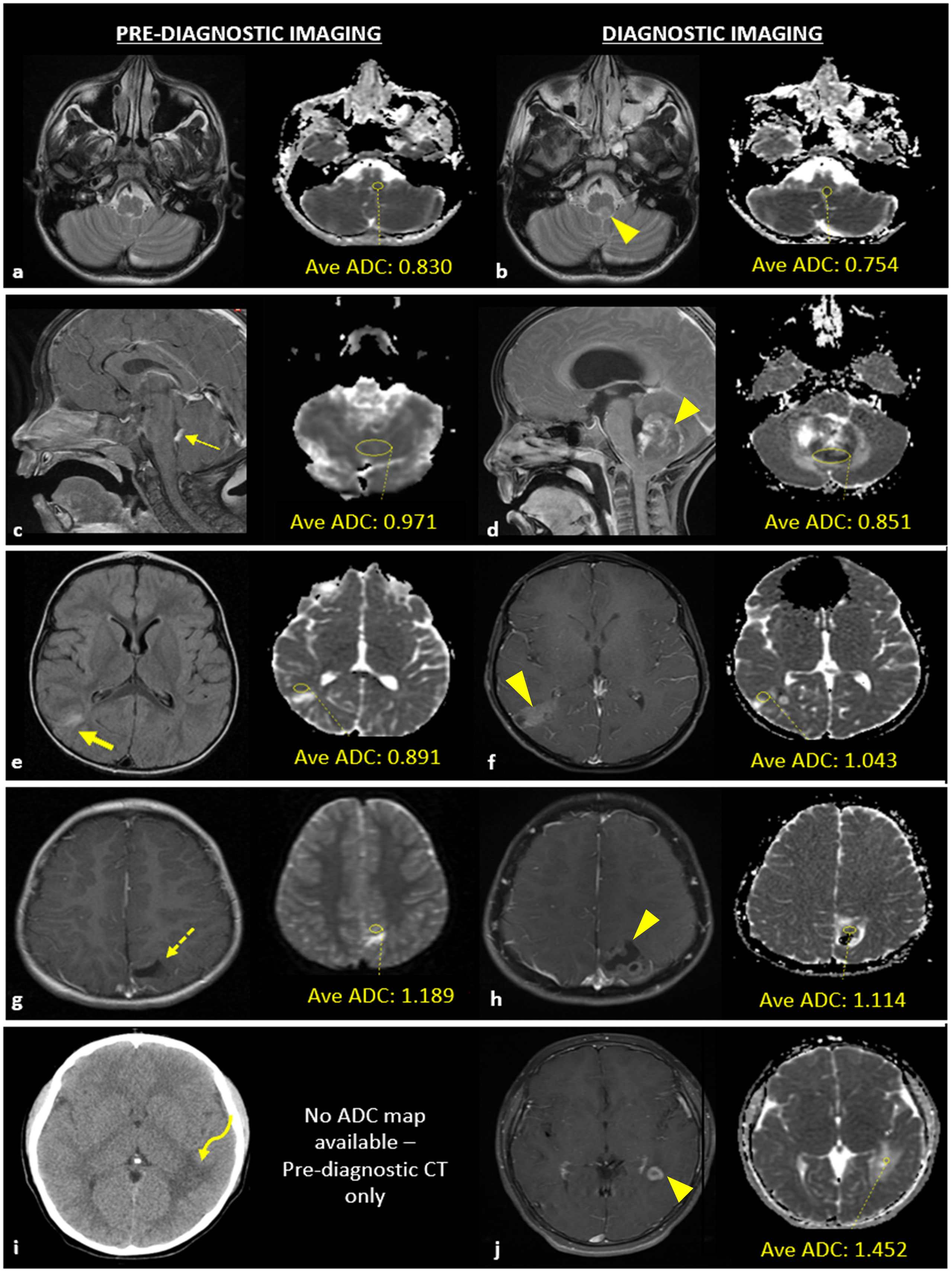
Prion disease treatment is emerging as a beacon of hope for those affected by devastating neurodegenerative disorders such as Creutzfeldt-Jakob disease and Fatal Familial Insomnia. Researchers, including patient-scientists like Sonia Vallabh and Eric Minikel, are at the forefront of groundbreaking efforts to develop effective therapies using gene-editing techniques. Recent studies highlight promising advancements in reducing the levels of harmful prion proteins in the brain, potentially paving the way for innovative treatments. These brain protein disorders have long been seen as fatal predicaments, but advancements in genetic research now suggest a possibility for curing or significantly alleviating their impacts. As we continue to explore the intricacies of prion diseases, the hope is that targeted interventions will transform the landscape of treatment for these rare yet devastating conditions.
The quest for solutions to prion diseases, which include conditions like Creutzfeldt-Jakob disease and gerstmann-sträussler-scheinker syndrome, has sparked a surge of interest in novel therapeutic strategies. These unusual brain disorders, stemming from misfolded prion proteins, have historically posed significant treatment challenges. However, the dawn of gene-editing therapy heralds a new era in medical research, offering avenues to not only halt but potentially reverse the damaging effects of these diseases. The unprecedented collaborative efforts among scientists dedicated to these brain protein disorders signal a turning point in what was once deemed hopeless. As the field evolves, the potential for transformative treatments grows ever more tangible.
Understanding Prion Disease: A Challenge in Neurology
Prion diseases are a group of rare, progressive brain disorders caused by misfolded prion proteins, leading to neurodegeneration and ultimately death. The most notable among these diseases includes Creutzfeldt-Jakob disease (CJD) and Fatal Familial Insomnia (FFI). These conditions, though rare, pose significant challenges due to their complex pathophysiology and the absence of effective treatments. Prion proteins, abnormal forms of normal cellular proteins, accumulate in the brain, leading to brain damage, and cause a wide array of symptoms including cognitive decline, personality changes, and motor dysfunction.
The study of prion diseases is vital not only for patient understanding but also for developing therapeutic strategies. As research progresses, scientists have begun to decode the mechanisms behind prion protein misfolding. Insights gained from studying these diseases can significantly influence the broader field of neurodegeneration, offering potential breakthroughs that may also apply to other brain protein disorders. Research into these diseases has led to advances in gene-editing technologies which can provide answers to how we might one day treat or potentially cure these devastating conditions.
Innovative Approaches in Prion Disease Treatment
The recent development of gene-editing therapy represents a beacon of hope for prion disease treatment. The promising research conducted by a team at the Broad Institute indicates that altering just a single base in the gene responsible for producing harmful prion proteins can reduce their levels significantly in laboratory mice. This revolutionary approach could potentially translate into treatments for humans suffering from Prion diseases, including Creutzfeldt-Jakob disease and Fatal Familial Insomnia. By targeting the very source of misfolded proteins, gene-editing therapy holds the promise of not merely alleviating symptoms, but potentially halting the progression of these fatal disorders.
In terms of practical applications, the success observed in lab mice suggests a feasible pathway to human clinical trials. The collaborative efforts in refining this technology are essential, as they indicate an eagerness and urgency to seek solutions for conditions that have long been deemed untreatable. The research focuses on optimizing delivery systems for the gene-editing tools to ensure they effectively target the appropriate cells while minimizing any adverse effects, which is critical given the infectious nature of prion proteins. With each milestone conquered, researchers are edging closer to revolutionary breakthroughs in prion disease treatment.
A Personal Mission: Patient-Scientists Leading Research
For Sonia Vallabh and Eric Minikel, the journey to advance prion disease treatment is deeply personal. Vallabh, who carries the mutation responsible for Fatal Familial Insomnia, has transformed her personal challenge into a powerful motivation for scientific discovery. This personal connection to prion disease not only fuels their passion for research but enriches their collaboration with other scientists. As they leverage their own experiences in their studies, they provide invaluable perspectives, which help shape research directions to ensure it remains patient-centered.
Collaborations in science historically bring diverse insights and expertise. The partnership between Vallabh, Minikel, and established scientists like David Liu epitomizes this principle in action. By blending personal and professional elements, the researchers have fostered an environment of innovation, where personal stakes amplify scientific inquiry. This synergy is particularly valuable in the realm of prion diseases where urgency is critical, as their potential for breakthroughs in treatment may provide answers not only for Vallabh and Minikel but also for countless others battling these relentless brain disorders.
Employee Motivation: The Role of Personal Experience in Research
The work environment at research institutes can often feel detached from the realities faced by patients. However, Sonia Vallabh’s and Eric Minikel’s involvement in prion disease treatment significantly enhances motivation within their lab. Their unique perspective as patient-scientists inspires other researchers to engage deeply with their projects. When team members see the direct impact of their work through the lens of personal stakes, it creates a profound sense of purpose that drives more innovative and effective research practices.
Additionally, Vallabh and Minikel’s passion fosters a culture of empathy and collaboration within their team. This improves morale and encourages the next generation of scientists to prioritize patient inclusivity in research. Innovations stemming from such a tireless commitment to bridging personal experiences with scientific inquiry ultimately lead the way toward options for prion disease treatment that are peerless in their effectiveness.
Ethical Considerations in Gene-Editing Therapy Trials
As scientists charge forward with new gene-editing therapies for prion diseases, ethical considerations become increasingly pertinent. The potential of gene-editing technology to change the landscape of treatment for conditions like Creutzfeldt-Jakob disease necessitates a rigorous ethical framework to govern its application. Patient safety, informed consent, and the possibility of off-target effects are just a few of the critical factors that require deliberate caution. Each trial must be meticulously designed to safeguard participants, especially given the severe implications of prion diseases.
Engaging with ethical boards and communities will be essential as trials progress. As researchers conduct these studies, they must ensure that the voices of patients like Vallabh and Minikel—who embody both the suffering and the hope tied to advancements in treatment—are prioritized. This collaboration not only addresses safety and ethical concerns but also fosters trust within the patient community, essential for the future success of gene-editing therapies and prion disease treatment.
Building a Collaborative Network for Breakthrough Research
The collaboration among various research entities plays a crucial role in advancing prion disease treatment. For instance, the strong partnership observed among teams from the Broad Institute, NIH, and the Prion Alliance amplifies the research momentum needed to tackle complex issues related to prion diseases. Each organization brings distinct resources and unique expertise, enhancing the quality and depth of research efforts. Such collaborations enable a more integrated approach to uncovering new therapeutic strategies, which are critical during the early phases of treatments.
Moreover, fostering a collaborative environment encourages innovative thinking, problem-solving, and the sharing of ideas across the disciplinary spectrum. As scientists work together to develop gene-editing tools, the diversity of thought and expertise helps in creating a robust framework for testing and implementing these therapies. The synergy from such cooperative efforts not only drives scientific inquiry but also nurtures an environment wherein breakthroughs in prion disease treatment are more readily achievable.
Gene-Editing Technology: The Future of Prion Disease Management
Gene-editing technology stands as a pivotal advancement in the management of prion diseases. Techniques such as CRISPR and other innovative bases editing methods present promising avenues for not just understanding, but also actively mitigating the effects of prion disorders. By targeting the genetic basis of prion protein production, researchers have the potential to significantly reduce or eliminate the harmful effects associated with these diseases, thereby changing the outcome for patients diagnosed with conditions like Creutzfeldt-Jakob disease.
As the research community continues to refine these technologies, the hope for practical applications grows. The journey from laboratory discoveries to effective treatments may involve numerous challenges, but the strides already made signal a new era in the fight against prion diseases. Ongoing advancements in gene editing will likely pave the way for comprehensive treatment strategies that integrate genetic insights with newly developed therapeutic modalities to improve patient outcomes in prion disease management.
Translational Research: From Bench to Bedside
Translational research is critical in the quest for effective prion disease treatments. Bridging the gap between laboratory studies and clinical application, translational research ensures that new findings can rapidly influence real-world practice. The successful outcomes demonstrated in animal models need systematic exploration and ethical consideration to transition to human studies. Researchers are diligently working to examine the implications of their laboratory breakthroughs to refine protocols for eventual human trials.
Moreover, the collaboration between patient-scientists and established researchers helps to tailor translational research efforts to better meet the unique challenges posed by prion diseases. By harnessing firsthand experiences and scientific rigor, the research community can effectively facilitate the development of safe and effective treatments. This focused approach is important in ensuring that therapeutic advancements are accessible to those most affected by these tragic conditions.
The Importance of Advocacy in Prion Disease Research
Advocacy plays a quintessential role in the advancement of research focused on prion diseases. As patients and their families often face a daunting lack of public awareness surrounding these conditions, advocacy efforts are essential in rallying support for funding, research initiatives, and legislative action. The personal stories of patients like Vallabh and Minikel humanize the complexities of prion diseases, drawing attention to the urgent need for innovative treatments. Their voices underscore the societal impact of prion diseases and facilitate a larger conversation about research priorities.
By advocating for increased awareness and resources, patient-advocates can mobilize community support and drive focus toward essential areas of research. They also act as a bridge between the scientific community and the general public, fostering education about prion diseases and gene-editing therapies. In this collaborative spirit, advocacy not only enriches the scientific dialogue but also amplifies the mission to provide effective treatments for those battling these severe brain disorders.
Frequently Asked Questions
What advancements have been made in prion disease treatment through gene-editing therapy?
Recent research at the Broad Institute has demonstrated that gene-editing therapy can significantly reduce the levels of prion proteins associated with prion diseases in laboratory mice. By modifying a single base in the gene responsible for producing these dangerous proteins, researchers have achieved up to a 63 percent reduction in protein production, potentially extending the lifespan of affected mice by 52 percent. This groundbreaking approach offers hope for future prion disease treatment in humans.
How does gene-editing therapy specifically target prion protein in prion disease treatment?
Gene-editing therapy employs a technique called base editing, which alters specific genetic sequences responsible for prion protein production. By using an adeno-associated virus as a vector, researchers can deliver the gene-editing tool directly into targeted cells, effectively modulating the instructions for protein synthesis. This precision in targeting is crucial for developing effective prion disease treatments, as it minimizes the risk of collateral damage to healthy cells.
What are the implications of recent research on Creutzfeldt-Jakob disease and prion disease treatment?
The recent advancements in prion disease treatment hold promising implications for conditions like Creutzfeldt-Jakob disease, which is characterized by rapid neurodegeneration due to misfolded prion proteins. The ability to reduce prion protein levels through gene-editing could pave the way for therapeutic strategies that directly address the underlying causes of this fatal disorder, potentially altering the disease progression for patients.
Is there a potential cure for Fatal Familial Insomnia through prion disease treatment?
While there is currently no known cure for Fatal Familial Insomnia, advancements in prion disease treatment suggest the possibility of developing effective therapies. Research focused on gene-editing and its ability to target and reduce the malfunctioning prion proteins associated with Fatal Familial Insomnia indicates a future where treatment options could significantly improve patient outcomes.
What challenges remain in developing prion disease treatment with gene-editing technology?
Despite promising results, several challenges remain in developing prion disease treatment using gene-editing technology. Key hurdles include ensuring the safety and efficiency of the gene-editing delivery method, refining the base editing tool for optimal effectiveness, and navigating regulatory requirements for human trials. It is essential for researchers to continue iterative improvements and thorough testing to advance these therapies towards clinical application.
How does patient involvement influence the research and development of prion disease treatment?
The involvement of patients, particularly those with personal stakes like Sonia Vallabh, significantly influences prion disease treatment research. Their insights and motivation drive researchers to prioritize meaningful and effective therapeutic strategies. Collaborative efforts between patient-scientists and research teams foster an environment focused on addressing the urgent needs of individuals affected by prion diseases, ultimately leading to more tailored and impactful treatments.
What future directions are anticipated for prion disease treatment research?
Future directions for prion disease treatment research include ongoing optimization of gene-editing techniques, enhancing the targeting efficiency of delivery vectors, and preparing for clinical trials. Researchers aim to build on the initial successes to create viable therapies that reduce prion protein levels effectively in humans while addressing safety concerns. The integration of patient perspectives will continue to guide these efforts as the research progresses.
| Key Points |
|---|
| Research led by Sonia Vallabh and Eric Minikel focuses on gene-editing therapy for prion disease. |
| The study used a mouse model to show that altering a single base in the prion protein gene reduced toxic protein levels by 50% and increased lifespan by 52%. |
| While initial results are promising, human trials are years away due to the need for further refinements and safety considerations. |
| Sonia Vallabh’s personal connection to prion disease motivates the research team’s efforts through her own experience with fatal familial insomnia. |
| The gene-editing technique has been used in various clinical trials related to other diseases, indicating a broad potential for similar applications in prion disease. |
Summary
Prion disease treatment represents a new frontier in medical research, particularly highlighted by the innovative gene-editing therapies explored by researchers at the Broad Institute. This groundbreaking work offers a beacon of hope for patients and families affected by these devastating disorders. The results from their studies suggest that prion diseases may soon have effective treatments, providing renewed optimism where previously there was none. Nonetheless, significant work remains before we can translate this research into clinical settings for human patients.




